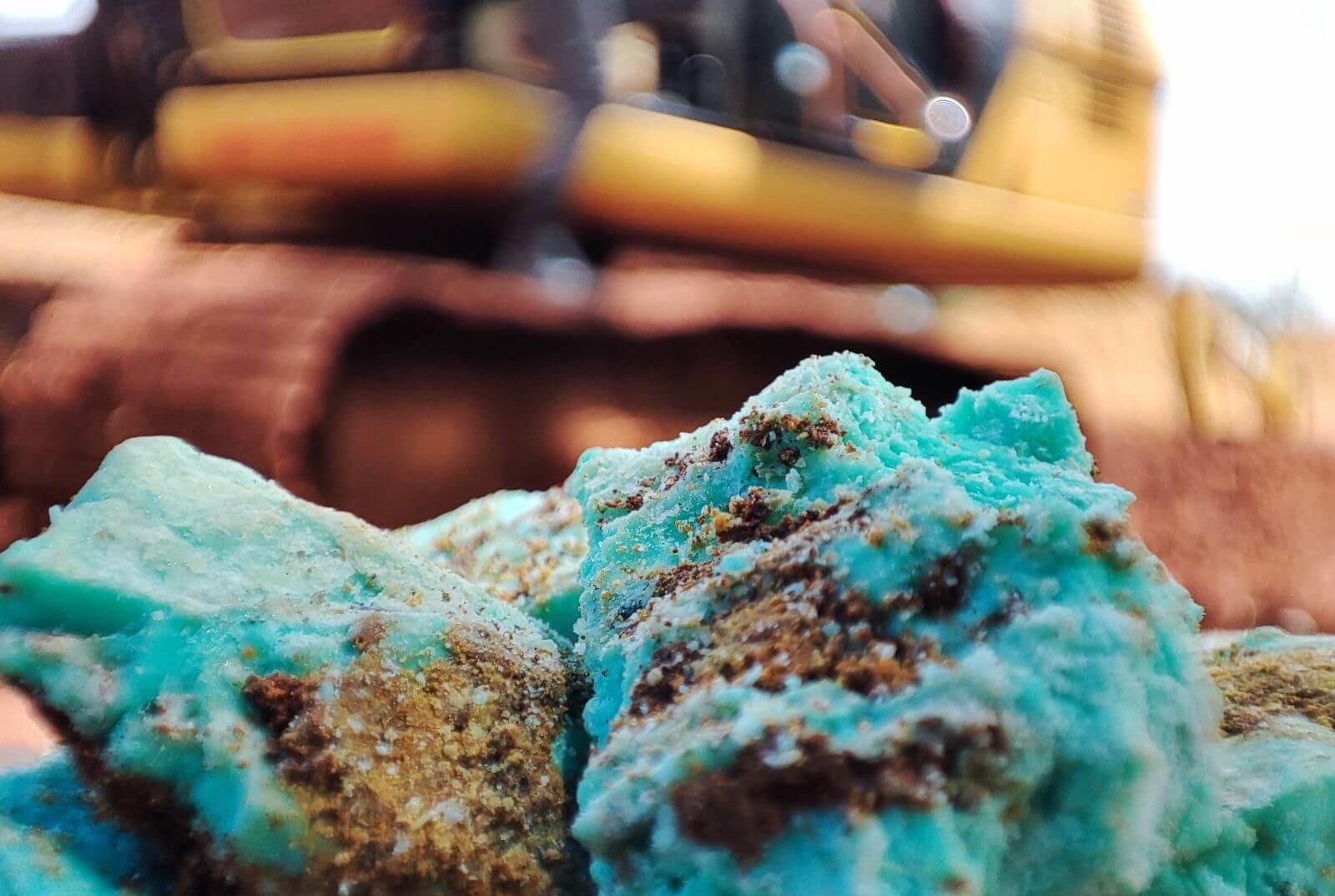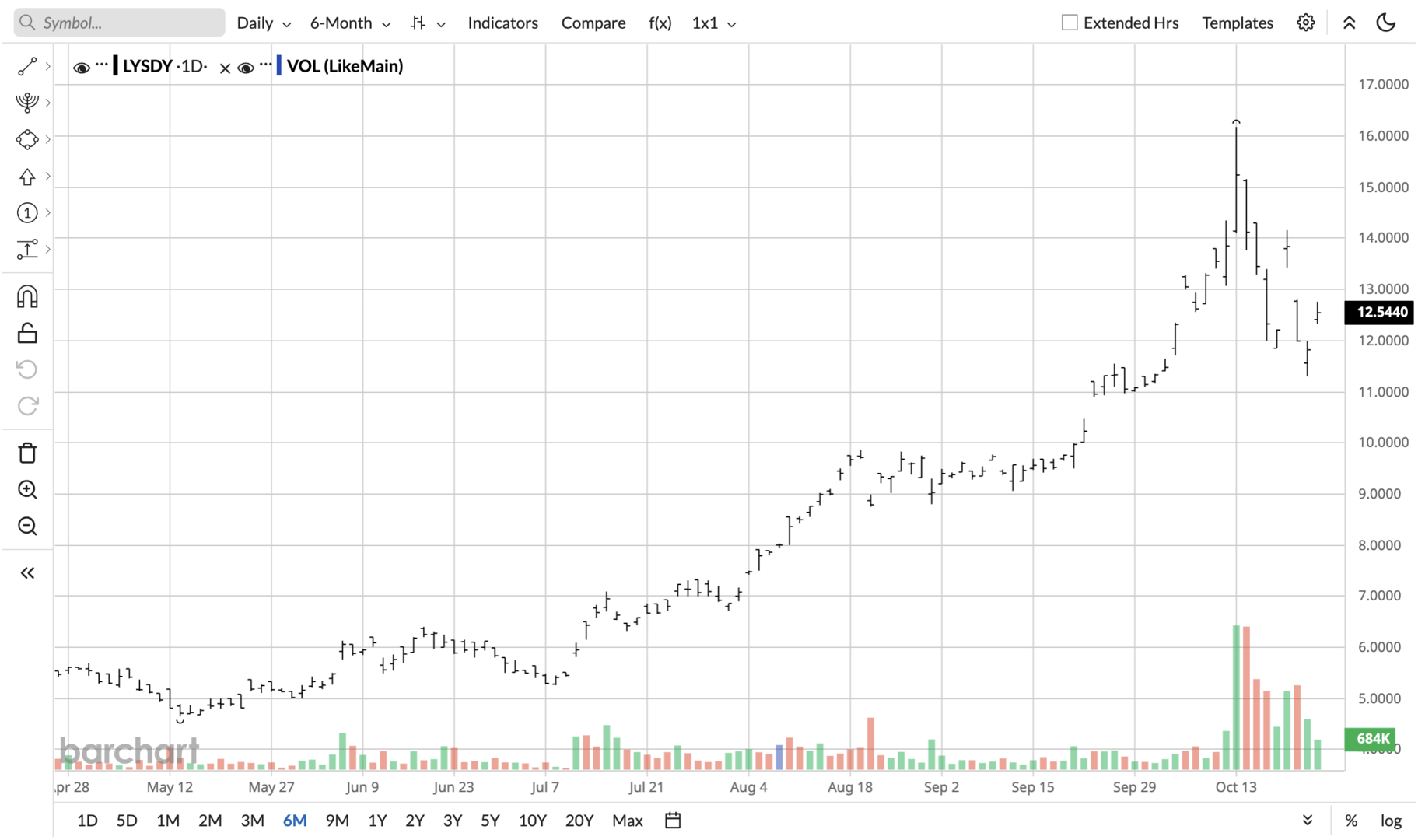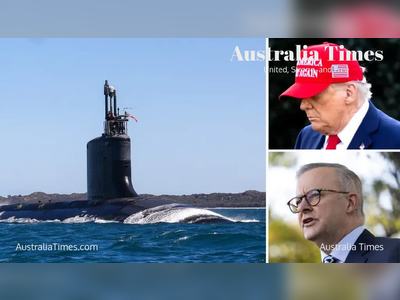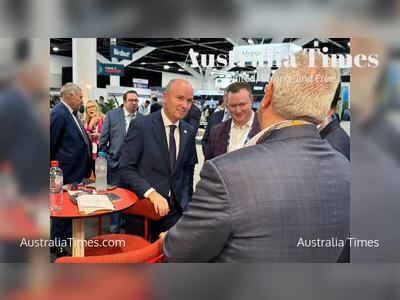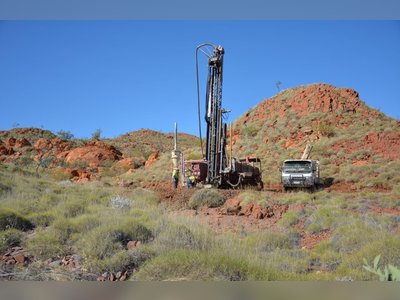U.S.–Australia $8.5 Billion Rare-Earths Pact Enhances Global Supply Chains
The deal between President Donald Trump and Prime Minister Anthony Albanese commits major investment and signals a shift away from reliance on China’s rare-earth dominance
On October 20 2025, President Donald Trump and Australian Prime Minister Anthony Albanese signed a landmark framework on critical minerals and rare earths worth approximately US$8.5 billion, aimed at securing and expanding supply chains outside of Chinese control.
The agreement mandates that both countries each mobilise at least US$1 billion over the next six months to finance mining, processing and co-investment projects in Australia and the United States.
The initiative places Australia at the heart of the allied strategy to fortify materials vital to defence and advanced-technology industries, including rare-earth oxides and permanent-magnet manufacturing.
In announcing the agreement, Trump said the two nations would have “so much critical mineral … you won’t know what to do with them.” Albanese described the arrangement as elevating the U.S.–Australia relationship to “the next level.”
Industry and government officials welcomed the deal as a turning point.
The Australian Government’s published framework emphasises mining, separation and processing of heavy and light rare earths, investment facilitation, streamlined permitting and measures to protect markets from “non-market policies and unfair trade practices.”
For Australia’s rare-earth producers, the agreement has already generated increased market activity.
One key player, Lynas Rare Earths — the largest rare‐earth producer outside China and based in Western Australia — has struck a strategic partnership with U.S. firm Noveon Magnetics to supply rare-earth permanent magnets to U.S. defence and commercial customers.
While the financial terms are defined, crucial details around project selection, regulatory schedules and the scaling of processing capacity remain to be determined.
Analysts note that pitching Australia as a dependable alternative to China’s dominant position will require not just investment, but strong downstream facilities and credible timelines.
The framework marks the first major step in that direction and cements the partnership in the Indo-Pacific supply sphere.
The agreement mandates that both countries each mobilise at least US$1 billion over the next six months to finance mining, processing and co-investment projects in Australia and the United States.
The initiative places Australia at the heart of the allied strategy to fortify materials vital to defence and advanced-technology industries, including rare-earth oxides and permanent-magnet manufacturing.
In announcing the agreement, Trump said the two nations would have “so much critical mineral … you won’t know what to do with them.” Albanese described the arrangement as elevating the U.S.–Australia relationship to “the next level.”
Industry and government officials welcomed the deal as a turning point.
The Australian Government’s published framework emphasises mining, separation and processing of heavy and light rare earths, investment facilitation, streamlined permitting and measures to protect markets from “non-market policies and unfair trade practices.”
For Australia’s rare-earth producers, the agreement has already generated increased market activity.
One key player, Lynas Rare Earths — the largest rare‐earth producer outside China and based in Western Australia — has struck a strategic partnership with U.S. firm Noveon Magnetics to supply rare-earth permanent magnets to U.S. defence and commercial customers.
While the financial terms are defined, crucial details around project selection, regulatory schedules and the scaling of processing capacity remain to be determined.
Analysts note that pitching Australia as a dependable alternative to China’s dominant position will require not just investment, but strong downstream facilities and credible timelines.
The framework marks the first major step in that direction and cements the partnership in the Indo-Pacific supply sphere.
AI Disclaimer: An advanced artificial intelligence (AI) system generated the content of this page on its own. This innovative technology conducts extensive research from a variety of reliable sources, performs rigorous fact-checking and verification, cleans up and balances biased or manipulated content, and presents a minimal factual summary that is just enough yet essential for you to function as an informed and educated citizen. Please keep in mind, however, that this system is an evolving technology, and as a result, the article may contain accidental inaccuracies or errors. We urge you to help us improve our site by reporting any inaccuracies you find using the "Contact Us" link at the bottom of this page. Your helpful feedback helps us improve our system and deliver more precise content. When you find an article of interest here, please look for the full and extensive coverage of this topic in traditional news sources, as they are written by professional journalists that we try to support, not replace. We appreciate your understanding and assistance.
